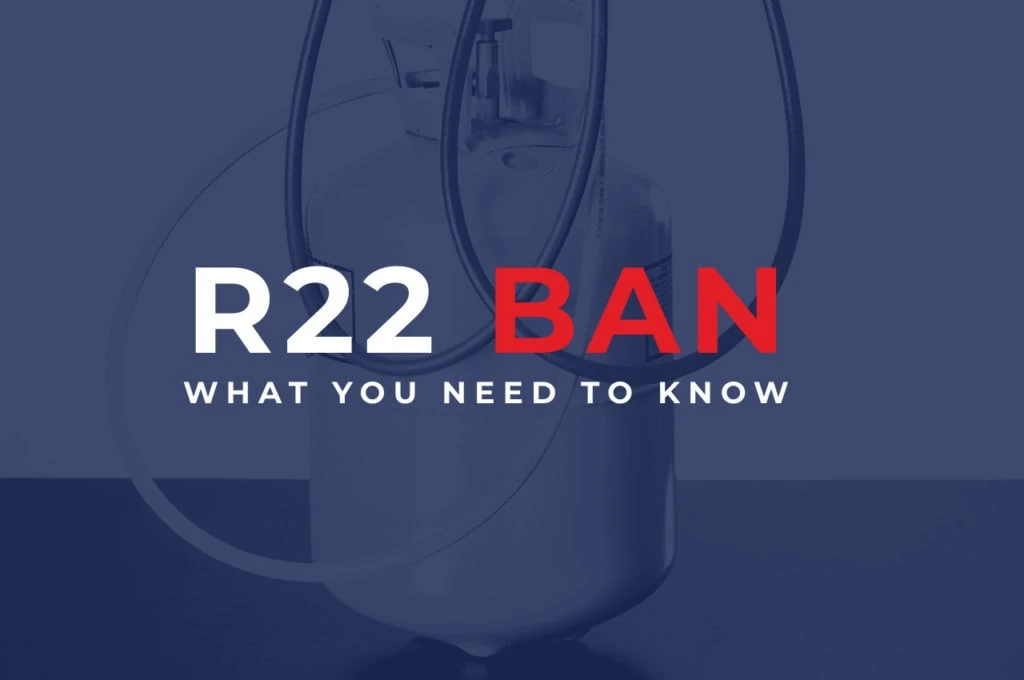Beginning in 2020, homeowners whose heating or cooling systems use R22 refrigerant will get a firsthand look at part of this phase-out process. As of January 1, 2020, U.S. consumers and retailers will no longer be allowed to produce, sell, or import R22 refrigerant, which could present complications for those with older HVAC systems. Learn more about the factors behind this phase-out and what homeowners can do to maintain their cooling systems going forward.
What is R22, and Why is it Being Phased Out?
R22 is a popular type of refrigerant—the pressurized fluid that allows your heater or air conditioner to produce hot or cold air. Without adequate refrigerant levels, your HVAC system can’t do what it was designed to do.
But not all refrigerants are created equal, especially when it comes to their environmental impact. Over the last decade or so, HVAC manufacturers have switched to non-ozone-depleting refrigerants like R410A.
What Happens When Your System Needs New Refrigerant?
This phase-out doesn’t require homeowners to get rid of any working heaters and air conditioners that rely on R22. However, when an R22 system springs a refrigerant leak or requires any sort of repair that involves topping off the refrigerant or bleeding the lines, the options become more limited.
Option 1: Refill With R22 (For a Price)
Just as homeowners aren’t required to get rid of their R22 systems, HVAC repair companies aren’t required to dispose of the R22 supplies they already have on hand. But because the sale or manufacture of R22 will become illegal in 2020, supplies on hand are already shrinking, which has majorly driven up demand (and cost). In a couple of years, if not sooner, it’s likely that the cost of refilling an R22 system with refrigerant will exceed the cost of replacing the entire unit.
Option 2: Retrofit Your System
It’s possible, although almost never cost-effective, to retrofit your R22 HVAC system so that it can accommodate another type of refrigerant. Other refrigerants don’t operate at the same pressures as R22, so this retrofitting will essentially require the technician to gut your current system and replace it with the innards of another one. The labor and disposal costs involved in this process can make it far more expensive than simply purchasing a brand-new system.
Option 3: Replace Your System
A final option is to replace your system with one that doesn’t use R22 refrigerant. Because most R22 systems were manufactured in 2010 or earlier, when efficiency standards were less stringent, upgrading to a new system can often save you money in the form of lower energy bills.
Whether you need to explore your repair options or just have questions about your HVAC system, A/C Designs can help. Our professional, courteous team members have extensive experience with a variety of HVAC systems and can work with you to find the solution that best fits your budget, wishes, and lifestyle. Give us a call or fill out the short contact form on our website to get in touch today.

